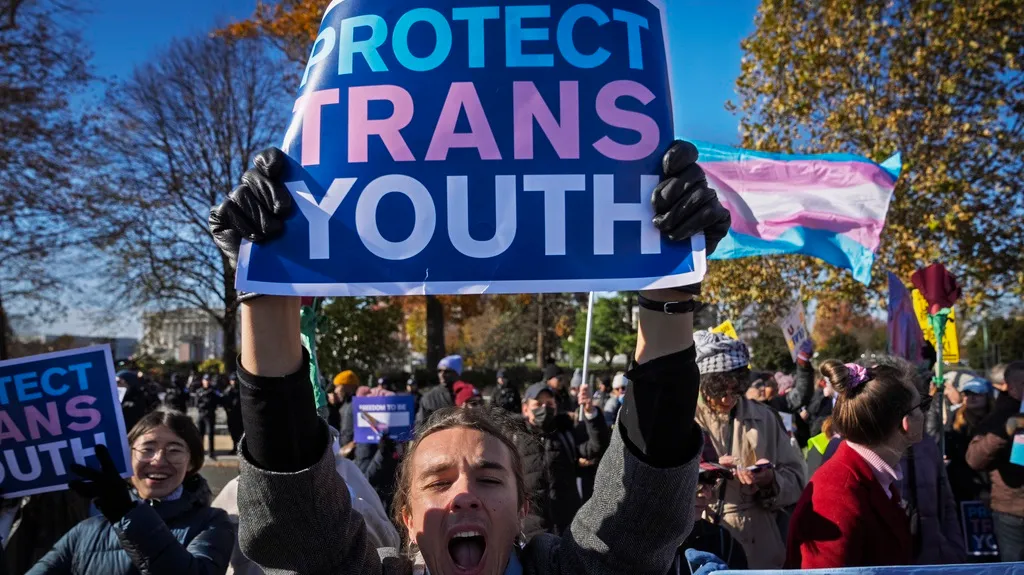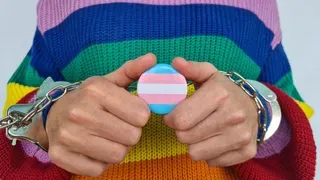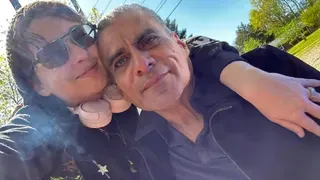September 20, 2010
Census shows patchy legal status of gay couples
Kevin Mark Kline READ TIME: 3 MIN.
It's complicated.
That's one overarching take-away message from the results of a new national survey of cohabitating same-sex couples designed to understand if and how they completed their 2010 census forms.
"It's really difficult for same-sex couples in the current legal climate to know how to fill out these forms," said Gary J. Gates, Ph.D., a leading expert in demographic and economic characteristics of the lesbian and gay community. Based at UCLA's Williams Institute on Sexual Orientation and Gender Identity and Public Policy, Gates is the author of the survey report analyzing census 2010.
The patchy legal status of same-sex relationships - everything from legal marriage to civil unions to registered domestic partnerships - accounts in part for the complexity.
For example, "If you live in a state that recognizes either marriage or civil unions or domestic partnerships that are marriage-like, then you are more likely to use the terms 'husband' or 'wife,' regardless of the legal status," Gates said, "than if you live in a state that does not recognize any thing."
Apparently, use of the term increases with legal status.
"If you are married and live in a state that recognizes your marriage, nine out of 10 use 'husband' or 'wife,'" Gates explained. "But if you live someplace that does not recognize your marriage, then only six out of 10 do."
Nearly 99 percent of the 602 individuals surveyed by Harris Interactive for the Williams Institute said they had or planned to participate in the census. The more than 1-in-10 response rate is higher than the general population's mail-back rate of seven in 10 households.
"Broadly speaking, it's a pretty compliant group," said Gates, referring to LGBT respondents. "But a lot of them struggled with what's the best way to fill out the form."
This year's census is the first U.S. population count that allowed same-sex couples to use the terms "husband" and "wife" to describe themselves. Previous counts provided only the category of "unmarried partner."
Still, census 2010 has not accounted for all same-sex relationships.
"When [the LGBT community] hears X number of same-sex couples, keep in mind that one in seven [or 14.4 percent] are missing from the data," Gates explained. "The real number is likely to be higher."
Approximately 10 percent of same-sex couples described their relationship as roommates or non-relatives rather than spouses or unmarried partners, according to the survey. What accounts for the shortfall? Explanations for choosing those options included confidentiality concerns about disclosing the relationship, protests over the census not asking explicitly about "sexual orientation" or "gender identity," and personal offense taken by the options presented.
About 3 percent of the Williams Institute respondents indicated they were transgender or had a transgender partner.
Census 2010 does not ask marital status, just how people are related to each other. There is also no provision for use of the term "spouse."
For some same-sex couples to be counted, it all depends on who is Person 1, the household individual filling out the form. For instance, if a gay individual lives with his parents and his mother completes the census, she designated him as her son. Accordingly, the census design may not fully account for some same-sex relationships because it measures "how the partner is related to Person 1, not to him," Gates said.
This year's census has another catch. "When we see the numbers of couples who use "husband" and "wife," Gates explained, "we cannot assume those husbands and wives are legally married."
Why? "Because only about 70 percent are legally married," he said. "Another 15 percent are in domestic partnerships or civil unions," he added. Yet another "15 percent are not in any formal legal relationship but just feel that the word 'husband' or 'wife' is the best way to describe themselves."
Gates found another oddity in the survey.
"Ten percent of legally married same-sex couples did not use the term 'husband' or 'wife,'" Gates said. "Some don't like the term. Others are not sure if it's proper to use 'husband' and 'wife' if they are not legally recognized where they live."
Several years ago, the Williams Institute estimated there were nearly 770,000 same-sex couples living in the U.S. The 2005 data showed California leading with 92,138 same-sex couples, the most in the country.
"There's huge power in visibility," said Gates. Census 2010 is a step in the right direction, enabling researchers to get a better handle on "how many same-sex couples are really taking of legal relationships and what does having equal treatment mean," he said.
Meanwhile, the "equality problem" remains. Gates said that same-sex and opposite-sex couples are "just not on the same playing field in filling out something as simple as a federal form."







